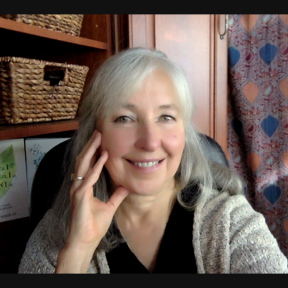As a professional, you bring years of experience, extensive knowledge, and a deep understanding of your industry to the table. Your professional credibility is undeniable. Yet, when it comes to forging new client Relationships or connecting with colleagues, a sense of uncertainty and awkwardness can creep in. If this resonates with you, keep reading. In this entry of Mind What Matters, we’ll explore how to harness non-verbal communication to enhance your interactions and build stronger connections.
The Power of Non-Verbal Communication
Albert Mehrabian, a renowned psychologist, introduced the 7-38-55 rule, shedding light on the impact of non-verbal communication. According to this rule, only 7% of communication is based on words, 38% on tone of voice, and a substantial 55% on body language. This underscores the importance of non-verbal cues in conveying our messages and emotions.
Understanding Non-Verbal Cues
Non-verbal communication includes a variety of elements:
The Neuroscience of Body Language
Neuroscience provides fascinating insights into why body language is so crucial for building trust and connection. When we observe someone’s non-verbal cues, our brain’s mirror neurons activate. These neurons help us empathize with others by emulating their emotions and intentions. For example, when we see someone smile, our mirror neurons fire in a way that makes us feel happier, promoting a sense of connection and trust.
Furthermore, non-verbal communication can trigger the release of oxytocin, often referred to as the “bonding hormone.” Positive body language, such as a genuine smile or open posture, can increase oxytocin levels, enhancing feelings of trust and bonding. Conversely, negative body language can activate the amygdala, the brain’s fear center, leading to feelings of distrust and apprehension.
Mehrabian’s Rule in Practice
Mehrabian’s 7-38-55 rule highlights the importance of congruence between verbal and non-verbal communication. When there’s a discrepancy, people tend to believe the non-verbal cues. For instance, if someone says, “I’m fine,” but their tone and body language suggest otherwise, we are more likely to believe their non-verbal signals.
Enhancing Your Non-Verbal Communication
Here are three simple tips to become a better non-verbal communicator:
In conclusion, non-verbal communication is a powerful tool that, when used effectively, can enhance your ability to connect with others and convey your message more clearly. By paying attention to facial expressions, body language, eye contact, and tone of voice, and by applying simple techniques to improve these aspects of communication, you can become a more effective and empathetic communicator. Remember, actions often speak louder than words, and mastering non-verbal communication can lead to more meaningful and successful interactions in all areas of your life. Visit Braintrust today to learn more about communicating with more purpose, power, and impact
The post Unlocking the Secrets of Non-Verbal Communication appeared first on Braintrust Growth.
I come from a large Italian family. I’m number seven in the line of ten kids!
When my dad passed away some years ago, I was fortunate enough to be there as the end was coming. I was standing just to the right of his hospital bed; he was lying there with his eyes closed. All of a sudden, Dad opens his eyes. He looks up at the ceiling with a look of peace – and maybe accomplishment – on his face. Then he closes his eyes for the last time. I guess out of instinct, I reached down and kissed him on that prickly cheek one last time. My dad left a legacy in that life well lived! A legacy based on three main principles: Family, Service, and Dedication. I do what I do to carry on that legacy to the best of my ability.
















































BabyBoomer.org is an online membership community created by and for the Baby Boomer Generation. Boomers, and those who service and support them, are welcome to join our community accessing all general topics.
Notifications
